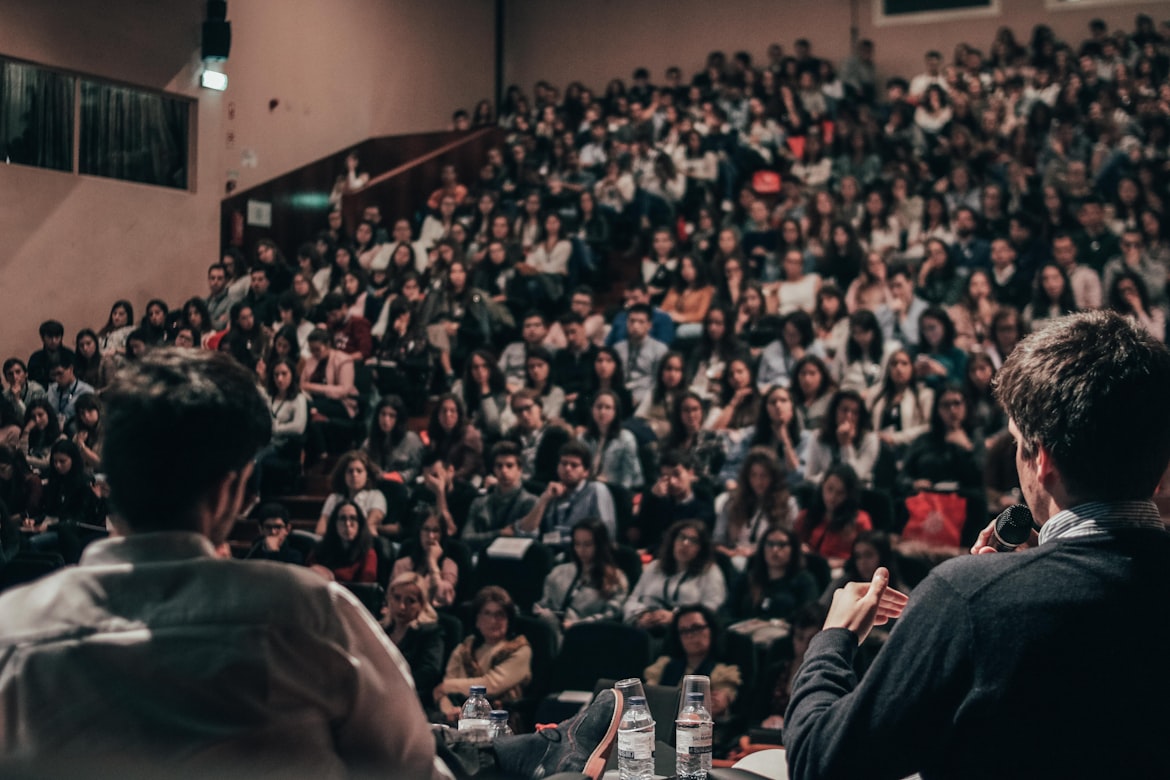May 8, 2025
The Science of Immersive Learning: Why VR Works
Research shows that immersive learning experiences lead to better retention and understanding.
Read more →May 15, 2025
Virtual reality isn't just changing how students learn—it's completely transforming their relationship with STEM subjects. Here's what the latest research reveals about VR's impact on education.

Imagine this: A 7th-grade student struggling with molecular chemistry suddenly lights up when they can actually walk inside a water molecule, manipulating hydrogen and oxygen atoms with their hands. This isn't science fiction—it's happening in classrooms today, and the results are nothing short of remarkable.
But why is VR so effective? The answer lies in how our brains actually process and retain information.

Virtual reality taps into what neuroscientists call the "embodied cognition" principle—our brains learn better when our bodies are engaged. When students can touch, manipulate, and move through educational content, multiple neural pathways activate simultaneously:
The brain processes visual information 60,000x faster than text, and VR delivers rich, 3D visuals that make abstract concepts concrete.
Physical movement and hand gestures in VR activate motor memory, creating stronger connections between concepts and physical actions.
VR experiences trigger emotional responses that enhance memory formation—students remember the excitement of "traveling" through a human heart.
The theory is compelling, but what does this look like in practice? Let's explore three real scenarios where VR is already transforming STEM education:
The Challenge: Students couldn't visualize how atoms bond to form molecules—a fundamental chemistry concept.
The VR Solution: Students enter a virtual lab where they can grab individual atoms, see electron clouds, and physically connect atoms to build molecules.
The Result: 85% improvement in molecular structure test scores (Lincoln High School pilot program)
The Challenge: Geometry and calculus concepts remained abstract and difficult to grasp.
The VR Solution: Students walk through 3D geometric shapes, manipulate graphs in space, and visualize calculus functions as they change variables in real-time.
The Result: Math anxiety decreased by 40% while problem-solving confidence increased by 60%
The Challenge: Scale and distance in space are impossible to comprehend from 2D images.
The VR Solution: Students journey from Earth to the edge of the observable universe, experiencing the true scale of planets, stars, and galaxies.
The Result: 95% of students could accurately describe planetary relationships after VR experience vs. 35% with traditional methods

We're only scratching the surface of VR's potential in education. As the technology becomes more accessible and content libraries expand, we're moving toward a future where:
Join thousands of educators who are already using VR to create unforgettable learning experiences.
Explore EdPal VR SolutionsThe VR revolution in STEM education is just beginning, and we want to hear from you:
Share your experiences, questions, and thoughts in the comments below. Let's continue this conversation and learn from each other's insights!

May 8, 2025
Research shows that immersive learning experiences lead to better retention and understanding.
Read more →
April 30, 2025
Practical tips for homeschool families looking to enhance their STEM education with virtual reality.
Read more →
April 22, 2025
How virtual reality is helping students visualize and interact with mathematical concepts.
Read more →